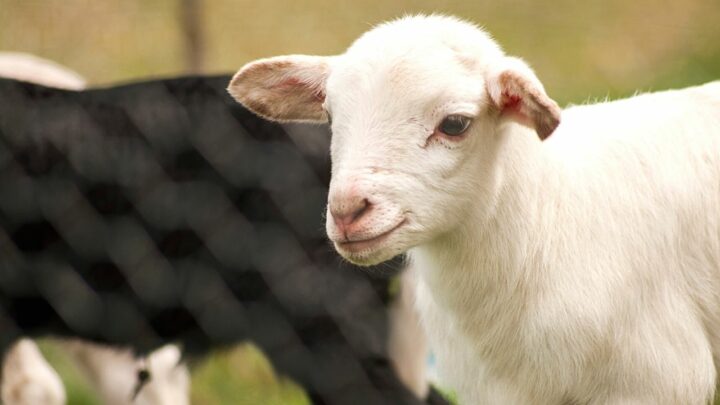How do you care for a baby lamb? Why would you need to know this?
It is possible the mother will die or reject it. You might also need to know about supplemental care for the baby lamb.
We shall begin with the most important parts of its care, and move on from there.
Baby Lamb Care
To care for a baby lamb it is critical that the baby lamb receives a healthy dose of colostrum within 8 hours after being born. The other crucial thing to know is new lambs must be kept separate from all other animals on the farm for a minimum of 3 weeks to prevent it from getting diseases.
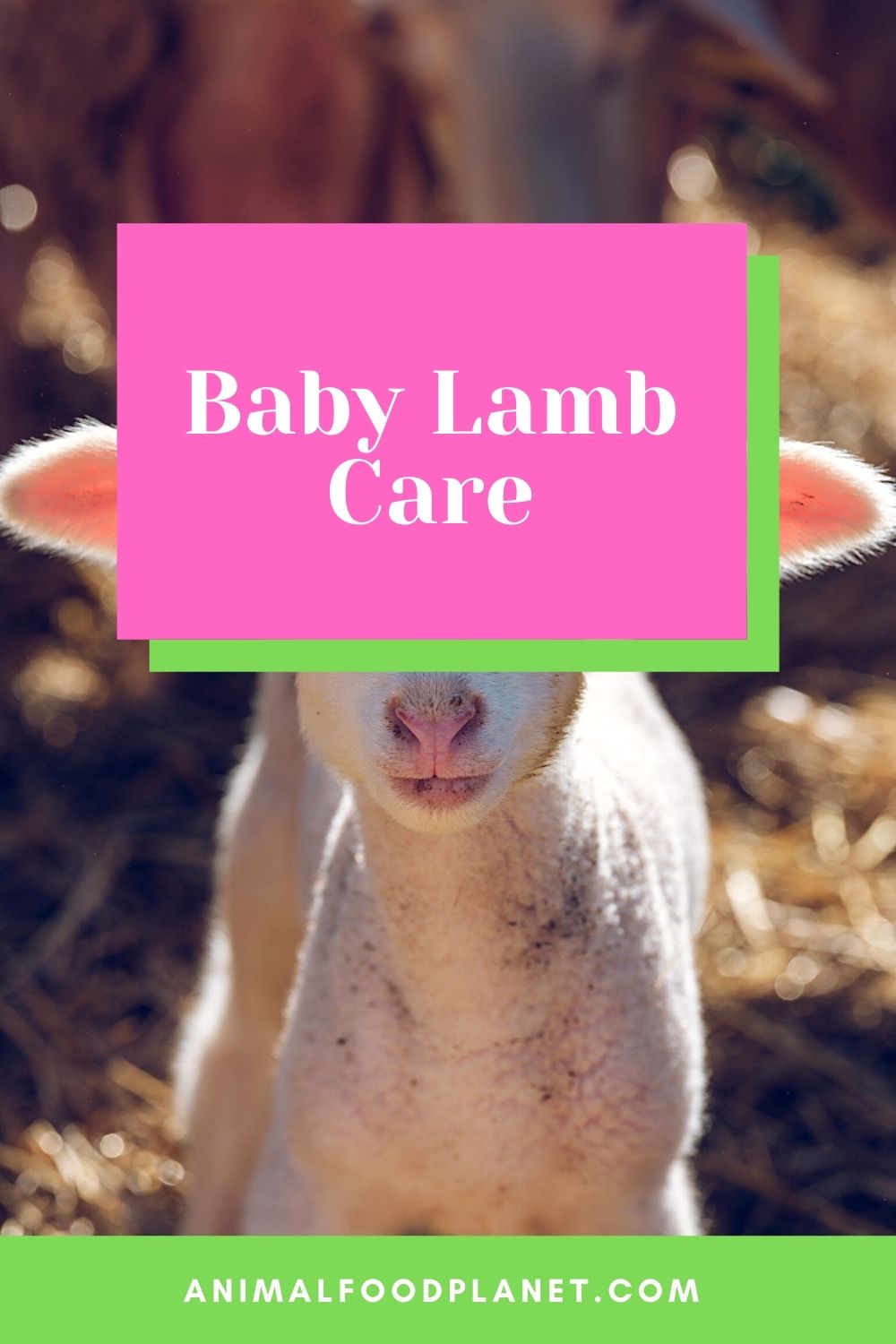
Baby Lamb Care
Keeping Baby Lambs Warm
Not only should the baby lamb be kept warm, but adequate ventilation is essential to it.
If this advice is not followed, the lamb could develop respiratory issues. If you intend to breed your sheep, you should attend to these matters inside the barn first.
Don’t breed them if you find it too troublesome.
How to Keep the Baby Lamb Warm
Find the best natural method inside the barn to do this.
Heat lamps are not recommended. They catch on fire too easily and could destroy the whole barn.
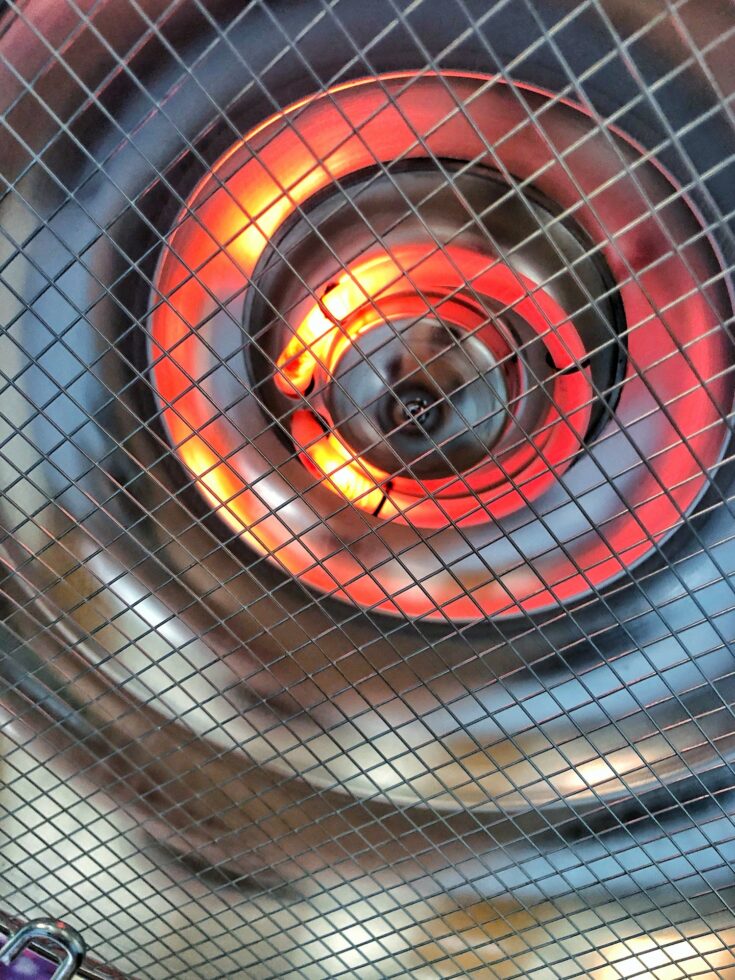
Heat lamps aren’t recommended to keep baby lambs warm as they easily catch fire and can destroy the barn easily
If there is not enough bedding in the barn to provide warmth, try adding a soft blanket.
The mother sheep will also do her best to keep the baby warm.
What Happens if you Fail to Keep Lambs Warm Enough
Hypothermia and other cold-related exposure ailments can beset the newborn lamb.
This is particularly true when they are born in cold weather months or locations.
Lambs that have a low birth weight are especially vulnerable to various ailments.
Other Options for Keeping the Lambs Warm
If their mothers will permit it, one suggestion is to put a special coat or jacket on the lamb. One made of cloth can be found and used.
Some people suggest biodegradable plastic coats. However, with these, there is a risk that the lamb may chew on it. Cloth is much better and is safer.
Suitable Pens for Newborn Lambs
Following the delivery of the baby, the ewe and infant lamb can be moved to a suitable pen. Another term for the pen is lambing jug.
The pen shouldn’t be too small that will make the ewe accidentally sit on the baby. It should not be too large either.
Five feet by five feet is recommended.
If multiple lambs were born to the same ewe, then a bigger lambing jug is required. These pens ought to always be kept dry and clean with plenty of comfortable bedding.
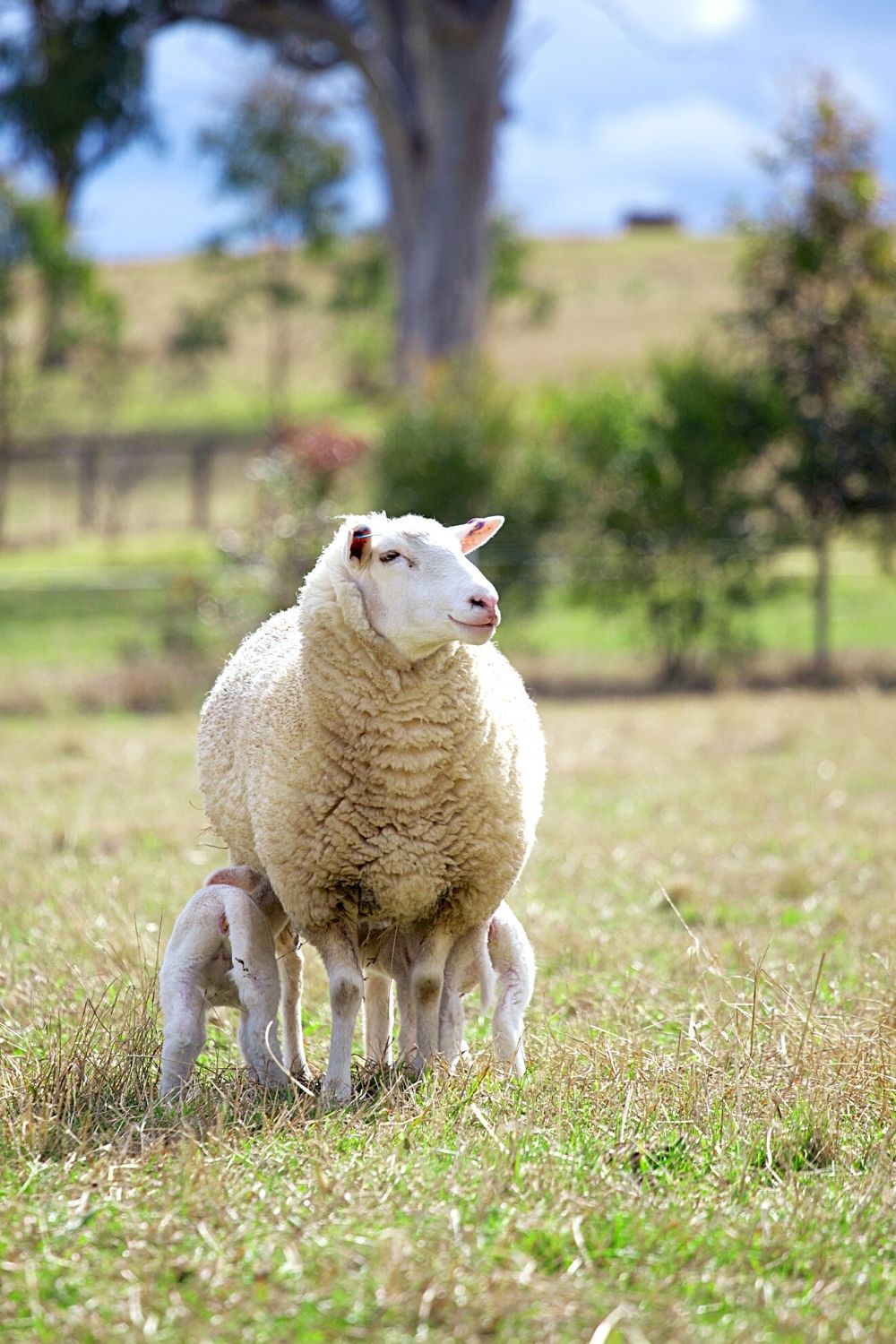
Five feet by five feet is the recommended measurement for lambing jugs where you’ll place the baby lamb and the ewe
Keep water buckets and feeding troughs out of the reach of the little lambs.
Be Careful of the Lamb Starving to Death
This is the preeminent killer of tiny lambs. Multiple reasons could cause this.
After the baby lamb’s born, check the mother for proper flow of milk from her teats. Also, it’s vital for the baby to receive colostrum right away.
Vigilance is also needed to ensure the ewe is caring for her baby. Sometimes, the mother sheep will reject the baby.
If the lamb appears visibly weak or its head is hung low, these are signs it is lacking nutrition. You must intervene before you find you’re too late.
When a Lamb Becomes an Orphan
Be careful not to assume it is an orphan. Sometimes a novice sheep breeder will rush to judgment when assessing the status of a lamb’s health.
Ordinarily, the ewe will know just what her baby needs. It is not wise for a human to interfere with this process unnecessarily.
Caring for Orphaned Lambs
Up until now, the advice we have provided is on the assumption that the mother ewe is present. What happens if she dies giving birth or rejects the baby?
Then you must step in. The following sections of content describe how you would care for an orphaned lamb.
Proper Shelter is Critical
The first thing to do is make certain the lamb has proper shelter from the elements. You cannot allow the lamb to become too cold or too hot.
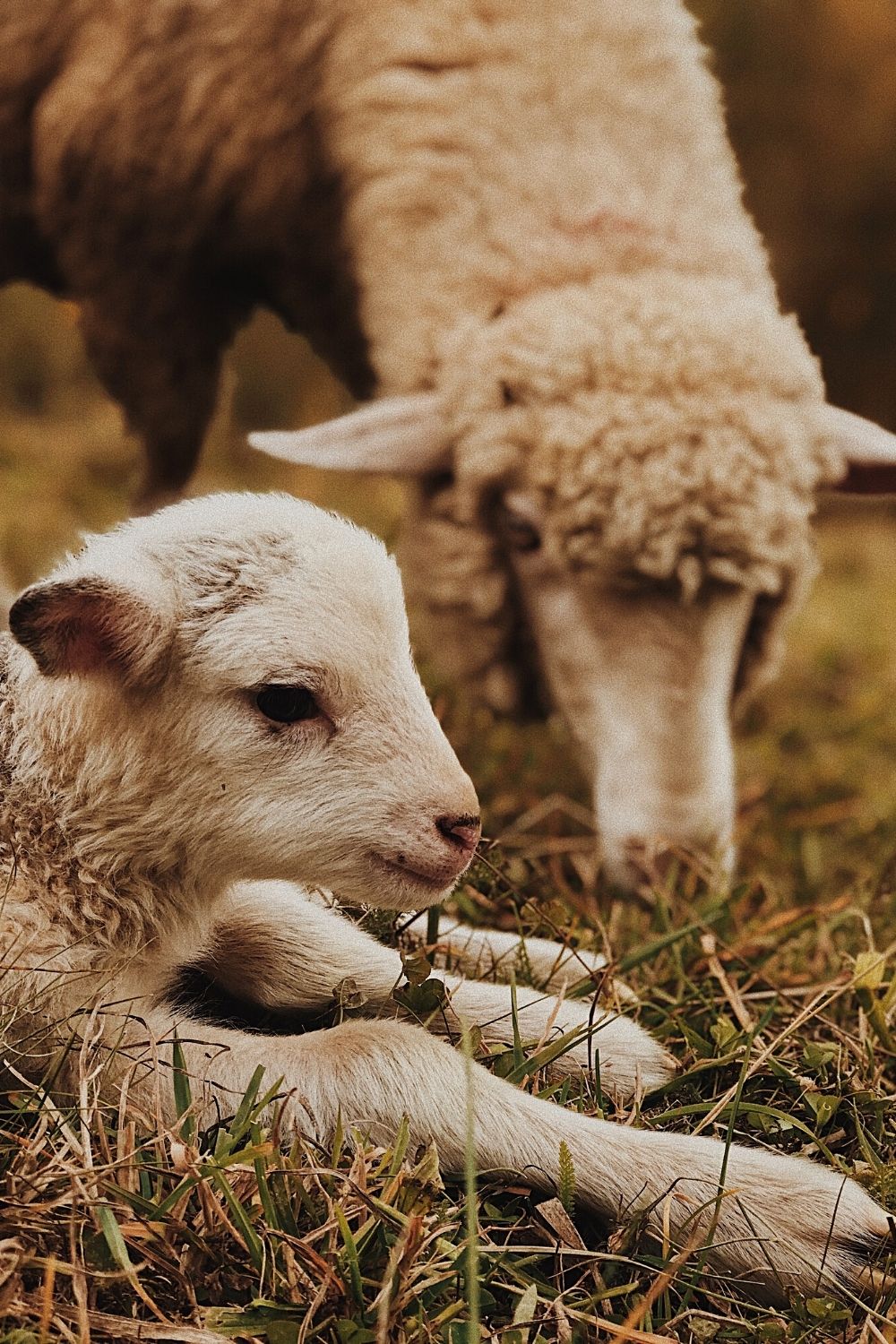
Make sure an orphaned baby lamb has a proper shelter to keep it protected from the elements and keep it warm
Additionally, it should not get soaking wet from rain or snow. A dry, soft spot provides the best shelter for the little lamb.
Feeding an Orphaned Lamb
For its first two weeks of life, the tiny lamb needs to be fed milk by bottle every two to three hours. If absolutely necessary, during the night this can be stretched out to every four to five hours.
It is paramount for the baby lamb’s survival that you do NOT overfeed it. Do not allow it to drink too fast as it causes fatal consequences.
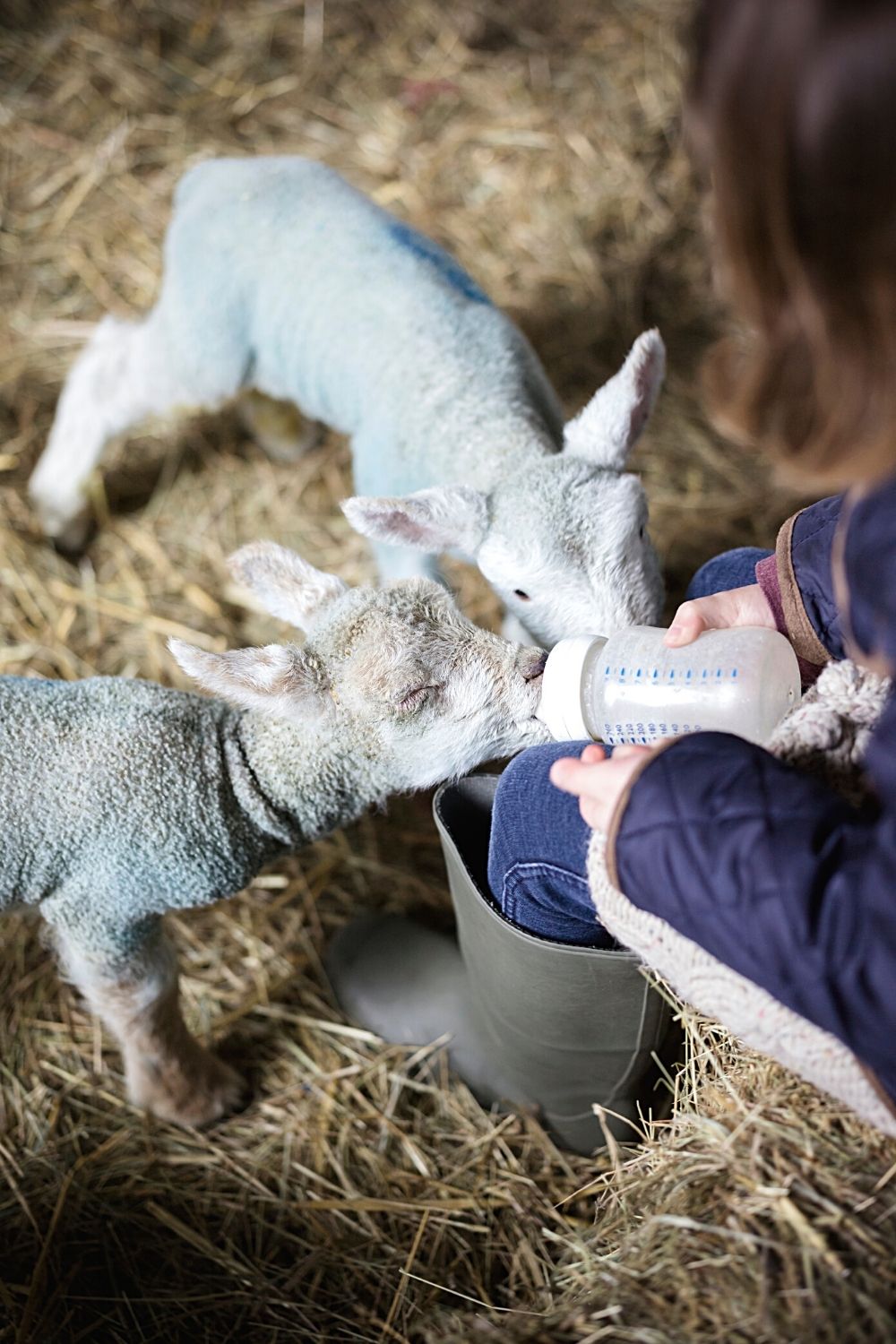
Don’t overfeed an orphaned baby lamb when you’re bottle-feeding it; feed it every 2-3 hours
Take short five-second breaks during the feeding process.
When to Start Weaning the Lamb
Experts on raising sheep say the best age to begin weaning a healthy baby lamb is between ten and twelve weeks.
Prior to that, at about one or two weeks of age, start to introduce it to grass hay. When it reaches three weeks, begin it on small amounts of chaff or pellets.
The hard food is necessary for the proper development of the lamb. Just not too much of it too soon.
Determining the Gender of the Lamb
While it is still small and before all its wool grows in, check the gender of the lamb. It is normal for a male to grow more quickly than a female.
If it is a male, and you decide to keep it, before thirty days of age it should be castrated. When done by a skilled veterinary surgeon, it will not injure the young male.
Checking the Eyes of your Lamb
This is done to ensure their eyes are developing properly. If an eyelid is inverted, it will irritate the eye itself.
There also should not be any redness or tearing of the eyes. You want to see clear, bright eyes on this lamb.
Checking its Mouth is Also Necessary
You do not want to see any scabs or sores anywhere around its mouth. The idea is to be certain it does not have a condition called sore mouth.
Not only can that spread to both humans and other sheep as well. If you see any signs of disease, contact the veterinarian immediately.
Have Access to a Veterinarian at All Times
No matter how much of an expert you are at raising sheep, it is wise to have access to a skilled veterinarian.
Issues may arise with a lamb that only a doctor knowledgeable about sheep can handle.
Whenever your ewe is due, have this veterinarian standing by. You will not ever regret this action.

